
This book is dedicated to my good friends Eric Wan Clement and his wife Taylor, without whose help these past several years it could not have been accomplished.
I further reach out to my good friend Justin Van Ouse and his wife Malgorzata and their lovely children Zofia, Madeline, and Katherine.
Preppers all and great friends.

An imprint of The Rowman & Littlefield Publishing Group, Inc.
4501 Forbes Blvd., Ste. 200
Lanham, MD 20706
www.rowman.com
Distributed by NATIONAL BOOK NETWORK
Copyright 2020 William W. Forgey, MD
Illustrations by Robert L. Prince
All rights reserved. No part of this book may be reproduced in any form or by any electronic or mechanical means, including information storage and retrieval systems, without written permission from the publisher, except by a reviewer who may quote passages in a review.
British Library Cataloguing in Publication Information available
Library of Congress Control Number: 2019957506
ISBN 978-1-4930-4694-2 (paperback)
ISBN 978-1-4930-4695-9 (e-book)
 The paper used in this publication meets the minimum requirements of American National Standard for Information SciencesPermanence of Paper for Printed Library Materials, ANSI/NISO Z39.48-1992.
The paper used in this publication meets the minimum requirements of American National Standard for Information SciencesPermanence of Paper for Printed Library Materials, ANSI/NISO Z39.48-1992.
CONTENTS
Guide
The basis of adequate prepping is being prepared for both common and dire events that may occur under the worst of all possible circumstances. These circumstances might include the breakdown in normal emergency support services (such as 911), the lack of the ability to obtain additional supplies, and the probability that you will not be able to rely on anyone but members of your immediate group or yourself.
Obviously, prepping requires forethought with regard to food, water supplies, power, and protectionall areas of significant technical preparation requiring skill sets and supplies. Self-reliant medical care is no exception. Even advanced first aid classes such as Wilderness First Responder and Tactical Combat Casualty Care rely eventually on evacuation as part of the treatment protocol. Under the situation of impractical or impossible evacuation, a means of providing a plan for long-term management must be available.
This book provides the basis of prevention, identification, and long-term management of survivable medical conditions and can be performed with minimal training. It helps you identify sources of materials you will need and should stockpile, discusses storage issues, and directs you to sources for more-complex procedures requiring advanced concepts of field-expedient techniques that could be of use to trained medical persons such as surgeons, anesthesiologists, dentists, and midwives.
Two critical components of medical prepping is the concept of off grid versus no grid. This book is structured around this concept. You will be advised how to manage most problems with no outside assistance, that is, without contact with the grid. However, it is also important to know when it is important to rely on grid support, when a patient should be seen by an advanced care provider. But then back to the other issues: What if there is no grid or it is impossible for you to return to the grid for whatever reason? Then you must also know how to provide management under a TEOTWAWKI (the end of the world as we know it) event, when the grid simply will not be available to you.
While this book is based upon my book Wilderness Medicine , 7th edition (Falcon, 2017), numerous modifications have been made to address the uniquely different aspect of prepper medical care from the experiences facing wilderness expeditions into remote areas. Living in a remote cabin in northern Manitoba for a winter does qualify as a sort of prepping; this book is also based upon over forty years of experience with such activities. Providing medical care on dozens of medical service projects in remote areas of Haiti and elsewhere also provides the basis of my experience to write the ultimate prep-pers medical handbook. But the greatest inspiration for my prepper instincts comes from my thirty months in Vietnam as a young infantry officer and the training I had in preparation for my military experiences. I have never stopped training, preparing, and experiencing the activities required to help others survive their environment and their medical situation. With this book I pass on this knowledge to you so that you can prepare and then act to manage medical problems in the ultimate austere environment, the one in which you must be fully self-dependent for even emergent medical care without any help from the grid.
There are four ways to rapidly identify where in this book to find the information you need.
First
A quick glance through the contents can lead you to the proper chapter and subject.
Second
The Initial Assessment () not only describe how to perform a physical examination and what to look for, but these sections also refer you to the page of the book that tells you what to do if something is wrong.
Third
Throughout the book various sections have diagnostic tables with references to further evaluate or explain treatment options. For problems that fall into these categories, you can refer directly to the tables indicated in the list below
List of Diagnostic Tables/References
| Abdominal Problems |
| Bites and Stings |
| Ear Problems |
| Environmental Injuries |
| Eye Problems |
| Infectious Diseases |
| Orthopedic Injuries |
| Shock |
| Soft Tissue Care |
| Symptom Management |
Fourth
The Clinical Reference Index at the end of the book provides a comprehensive cross-reference between symptoms, conditions, and treatments. Subjects are listed using both medical jargon and vernacular descriptions.
The technique of providing aid to an injured person is similar to giving appropriate treatment to someone who complains of sickness or sudden pain from a noninjury cause. Proper care can result only if several basic steps are performed correctly. The basics are straightforward, and you should not be intimidated by this process. The problem with medicine in general is that there are so many possible diagnoses and treatments that the whole thing can seem overwhelming. It is not, however, if you follow certain logical steps.
These logical steps form the basis of starting the decision tree that will lead almost automatically to a correct course of action. They simplify the process into a much less scary proposition. The initial phase is assessment, the second phase is stabilization, and the third phase is treatment. While the first aid approach only includes assessment, this book is concerned with developing approaches to definitive treatment that could be reasonably performed in remote areas by relatively untrained (and undoubtedly very concerned) friends of the suddenly impaired.
Trauma assessment is divided into two phases called the initial assessment and focused assessment. What good is an assessment if you dont know what to do with the information? During rescue operations, what you do with the information is record it. This recorded information, which includes periodic reassessment data, can be valuable to physicians at treatment centers, as it indicates either a stable or a deteriorating patient and helps direct the future course of action. For those of us stuck with caring for the patient in a remote area, this data can be used to begin a decision tree that will help determine our best course of action. Sometimes this will be definitive treatment; other times it will amount to minimizing the damage and striving to keep the victim as functional as possible, or sometimes just alive.
Next page

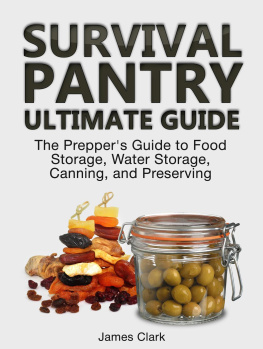
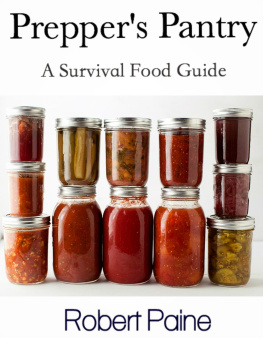
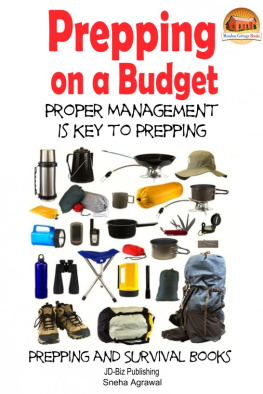
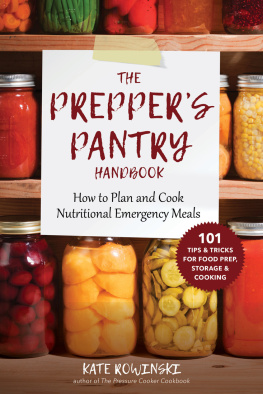
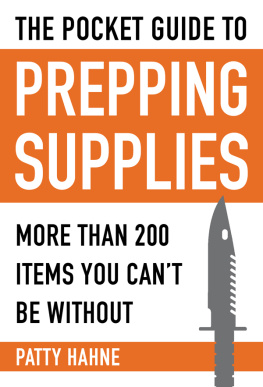
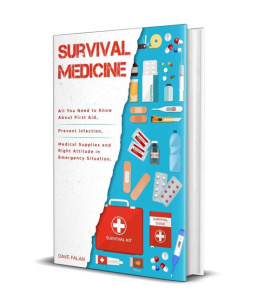
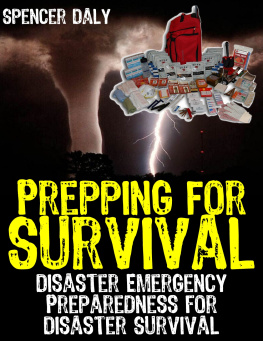
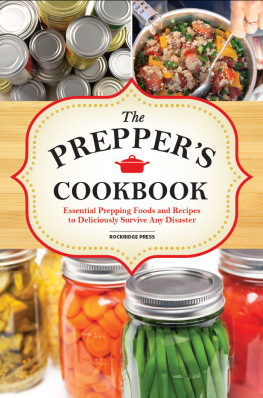
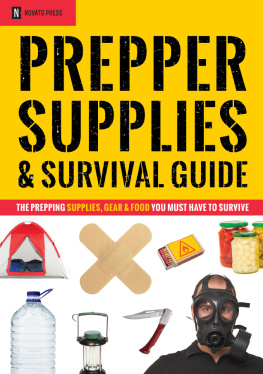


 The paper used in this publication meets the minimum requirements of American National Standard for Information SciencesPermanence of Paper for Printed Library Materials, ANSI/NISO Z39.48-1992.
The paper used in this publication meets the minimum requirements of American National Standard for Information SciencesPermanence of Paper for Printed Library Materials, ANSI/NISO Z39.48-1992.